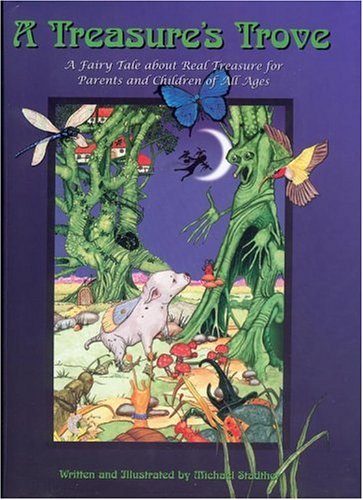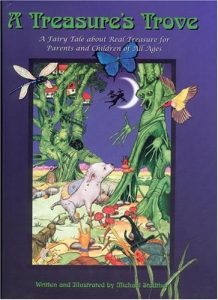
One of the first armchair hunts my family and I worked on used the Polybius Square as its method of encoding.
It was the 2004 Armchair Treasure Hunt entitled A Treasure’s Trove.
The Polybius Square, in its most commonly used form, is a 5×5 grid filled with the alphabet.
The I and J often share a space within the grid. The columns and rows of the grid are numbered 1 thru 5.
It looks like the following:

To encode a message a person would use 1-1 for A, since it is in the 1st row and 1st column. The letter H, to give another example, would be 2-3; 2nd row, 3rd column.
To decode the hidden word: 44, 42, 15, 11, 43, 45, 42, 15 – a person needs only to look at what letter is in the 4 row and 4 column to get ‘T’; 4 row and 2 column to get ‘R’; and so on.
The Polybius Square of encoding is not very secure. It can be cracked by a frequency analysis of letters, since in practice, each number pair is just a substitution for a letter. However, the different ways it can be used make it an useful code, and one which can be hidden in plain sight.
For instance, in the hunt A Treasure’s Trove, certain images in the book concealed the pairs of numbers which revealed a message by applying those pair of numbers to the Polybius Square.
To decode one of the messages in A Treasure’s Trove, leaf veins were used.
Here is one of them:

The above leaf provided the pair of numbers, 3 and 4. Other leaves of page provided other pair of numbers to reveal a hidden message once they were applied to the Square. Any illustration which could use something to represent pairs of numbers could be used in this type of code.
This method of encoding is very similar to the Tap Code. In the Tap Code, messages are sent to another by way of transmitting sounds by taps or knocks. Each series of tap sounds represents a number pair for a letter in the Polybius Grid. A pause between ‘numbers’ is essential.
This method is known to have been used by Prisoners of War. They would knock on the bars of their jail cells to speak to each other. The letters, C and K, in the alphabet often shared a space in the Grid for the Tap Code, but the same application to the square would be applied.
A person would tap 4 times, pause, tap 4 more, for the letter T. And so on.
Any medium which could be used to differentiate and provide pairs of numbers to represent letters of a Polybius Square could be used to hide a message.
.



I have a fond memory of this hunt. I solved the mushrooms near the end of the book for the Pook token and drove 13 hours over night to Newaygo State Park after working a half shift. When I got there I saw that many knotholes had been searched around the park and was somewhat dejected. Anyway, I stayed up and kept looking around for the day before driving a bit toward home, sleeping an hour in a Grand Rapids parking lot, and then driving the remaining hours back home. From all I read after that, the token was found a couple months after I was there in the dirt at the particular camp site. There was apparently a beetle problem that caused a lot of trees to be compromised and cut down (the evidence of which I saw), one of which held the token! I still think about that sometimes and have a few pictures of my trip, along with the book and notes/transparencies that I used for tracing and a leaf from the park that I kept in the book. My favorite is the final solve note I have which was “NEWAGOSPPOPLARE” (The last “E” was campsite 51). Thanks for writing about the Polybius Square and this hunt!
Thanks for visiting MW! Yes, that was such a fun hunt…… Sounds like you were ‘so close’! And although you didn’t come away with the token, you will always have the fun memories. They are treasures too! Thanks for sharing your story…. Maybe you might like working on the Fandango treasure hunt? https://mysteriouswritings.com/top-ten-interesting-facts-known-about-the-fandango-treasure-hunt/
I’ll check Fandango out, thanks! I’ve been working on the Fenn treasure since 2013; that’s been fun as well!